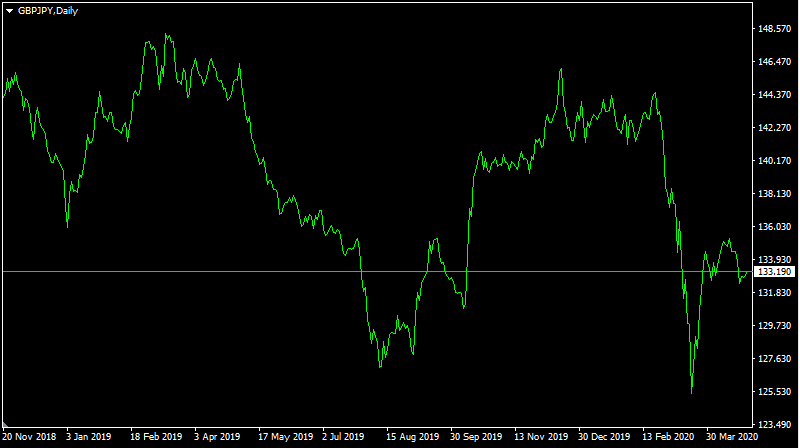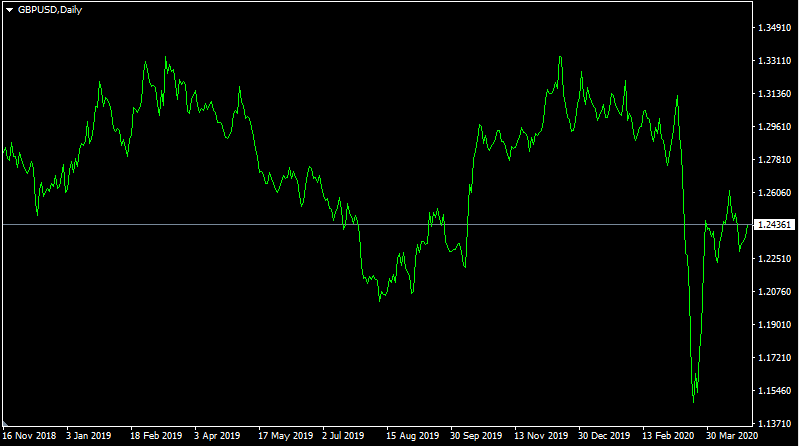Hedging Strategies in Forex
In this article, we will discuss the following strategies:
- Direct Forex hedging strategy
- Forex correlation hedging strategy
- Forex options hedging strategy
Let us go through each of those methods to understand what is hedging in Forex.
Hedging is different from arbitrage strategies that involve making profits from differences of the same assets on different platforms.
Direct FX Hedging Strategy
Clearly, one direct hedging strategy in Forex is to open both a buy and sell position in the same
currency pair. However, this approach has two pitfalls. Firstly, after the great recession, in 2009 the US Commodity Futures Trading Commission issued a new regulation and banned this practice. For example, according to those new rules, if a trader has opened a long EUR/USD position and then tried to open a short position with the same pair, the broker is obligated to close the first trade.
The reasoning behind this is that the CFTC believes that traders are always at a loss when using this method.
Another problem with this approach is that it effectively guarantees a small loss. In theory, those two positions should cancel each other, however, there are also spread expenses to take into account. Therefore, with this approach, the trader not only will not make money but also have a guaranteed loss.
Luckily, there is one hedging strategy to trade Forex, which is completely lawful and at the same time can be still effective. The basic idea behind this is quite simple: If we take 3 currencies and exclude the rest, there can only be 3 currency pairs. For example, if an individual wants to trade exclusively with USD, GBP, and JPY, there can only be three possible combinations: GBP/USD, USD/JPY, and GBP/JPY.
So for hedging purposes, traders can open long GBP/USD, USD/JPY, and short GBP/JPY positions simultaneously. As we can see, in this case, a trader will hold one buy and one sell trade for each of those 3 currencies. Obviously, this strategy is not limited to those pairs, an individual can use this method with any combination of three currencies. Forex 3-pair hedge strategy might be complex for many traders. Especially for novice traders, it might be best to use hedging in demo trading first before using them live. The upside to this approach is that a trader is using a completely legal method and at the same time is hedging his or her trades from potential losses.
Forex Correlation Hedging Strategy
One of the popular hedging strategies to trade Forex involves the use of highly positively or negatively correlated currency pairs. The GBP/USD and GBP/JPY is just one example of this. In fact, in some cases, the degree of the positive correlation between those pairs is above 90%. This essentially means that those two pairs move in the same direction for at least 90% of the time.
In order to get a clearer picture of this phenomenon, let us take a look at the two images below. The first one is the Daily GBP/JPY chart:

The second one represents a Daily GBP/USD chart:

As we can see from the above, the GBP/USD and GBP/JPY are not 100% perfectly correlated, however, most of the time, they move in the same direction. By the end of 2018, in both cases, Pound declined to a certain degree. This was followed by the resurgence of British currency from January 2019 until the end of April, during the same year. After this development, the Pound fell sharply against the Japanese Yen and the US dollar, reaching a bottom by August 2019. During the next 6 months, both GBP/USD and GBP/JPY recovered significantly and returned to the spring highs, until again falling drastically during March 2020. Recently, In both cases, the Pound regained roughly half of its losses.
As we can see from those two charts, GBP/USD and GBP/JPY usually have quite high degrees of correlation. Therefore, for hedging purposes, for example, traders can open long GBP/USD and short GBP/JPY positions. Due to the fact that those pairs typically move in the same direction, the loss in one trade will likely be compensated by winnings in the other one.
This hedging strategy for Forex traders is also helpful in the sense that the market participants can utilize not only positively but also negatively correlated pairs as well. One example of this would be AUD/USD and USD/CAD. In this case, a trader can open long AUD/USD and USD/CAD positions. Because those two pairs mostly move in opposite directions, losses in one trade will be offset by the gains made in the second one, so it can still fulfill the role as a viable hedging strategy.
Forex Options Hedging Strategy
Trading options is one more method to hedge trading risks. What's more, it is less complex than simultaneously managing long and short positions on given currency pairs. Options are contract types that give traders the right, but not an obligation, to buy or sell currency at a predetermined rate at or before a specific date in the future. Options have expiration dates.
Let's take a look at an example, let's say a trader has conducted a thorough analysis of the AUD/NZD pair and concluded that it would be better to open a long AUD/NZD position at the 1.05 level. So far everything is quite straightforward. If the Australian dollar appreciates against the New Zealand dollar, say to 1.07 level then an individual can have a winning trade and also earn some nice payouts in the process. However, in order to guard against the possible losses, a trader can purchase a put option at 1.04. If the trade goes against the option, the premium that was paid for purchasing the option is lost, however, the downside risks are limited.
Other Hedging Strategies You Might Want to Know
Knowing other strategies for hedging can be beneficial for effectively selecting the proper approach depending on the trading position characteristics. There is also a passive method for hedging that does not involve opening a new trading position, which might be helpful for experienced traders who want to lock in part of their profits. Below are four more hedging strategies for our readers that can prove useful in different situations.
Hedging with Partial Position Closure
While traditional hedging methods involve opening a completely different position, there is an alternative to hedge against risks. Traders might close partial profits to reduce exposure. For instance, if a trader is long on a currency pair trading position, they might close half of the position while leaving the rest open. This approach can be beneficial not only to reduce risks but also to increase chances of catching larger price movements by setting the stop loss at breakeven and letting the profits run. If the trade moves against the trader and closes at breakeven, the trader still has some profits left by his first closed position. Many professional traders use this method instead of opening direct hedging positions in other or the same currencies or assets. We can call this method a passive hedging strategy that does not involve directly exposing traders to new market risks.
Carry Trade Hedging
Carry trade involves a trading approach where the trader borrows in a low-interest-rate currency to invest in a high-interest-rate currency. This method was widely used by Japanese housewives making it a very popular trading strategy. Japanese called these female traders Mrs. Watanabe.
As you would’ve already guessed, this strategy involves high risk if the currency exchange rate becomes volatile and the currency trader invested (high-interest rate) loses its value. In this case, one quick solution is to hedge to protect against adverse exchange rate movements. This hedging is flexible and traders can use the same currency or correlated assets to hedge against adverse market movements. Using currencies with higher interest rates may be a hedging strategy itself to offset some market risks for currency open positions. However, this approach requires extensive trading experience and is in no instance recommended for beginner traders. The risks are too high, and the variables involved are too many for novices to succeed. For pros, this can be a super flexible choice.
Dynamic short-term hedging and different lot size
Dynamic hedging is used when the trader has an open trading position and wants to protect against short-term adverse movements. This method allows traders to offset short-term risks by maintaining the main trading position for longer periods of time. When a trader sees signs of reversal they can employ this dynamic hedging strategy and stay in the market not to lose the opportunity to catch large price movements.
Another way to reduce risk using hedging is to use different lot sizes from the already opened trading position. This allows for more flexibility in managing risk. Flexibility can become super critical to making profits while simultaneously reducing risks with hedging positions which is still a challenge. This is a direct hedging strategy where the trader initializes a new trading position unlike the partial trade closure method.
How to choose the best Forex hedging strategy?
Hedging should not be viewed as a trading strategy. It's more like insurance. As with any insurance, it costs money. For options traders, the premium paid is that cost. Traders hedge their long positions from short-time price fluctuations that can be caused by economic and political news. Usually, hedging positions are short-lived and depend on the given situation. The best hedging strategy Forex traders can get is the one that best suits their needs. Direct hedging and hedging using correlated currency pairs can be highly complex for novice traders and result in higher losses than intended. When hedging, more trades need to be managed. There are more fees to pay. For many retail traders, it's best to avoid hedging due to its complexity.